In the continuous development construction industry, the choice between metal decks and wood decks has become a critical decision for architects, builders, and homeowners. Both materials offer unique benefits and challenges, so understanding the differences between metal decks and wood decks is essential to making an informed decision.
★Durability and Lifespan
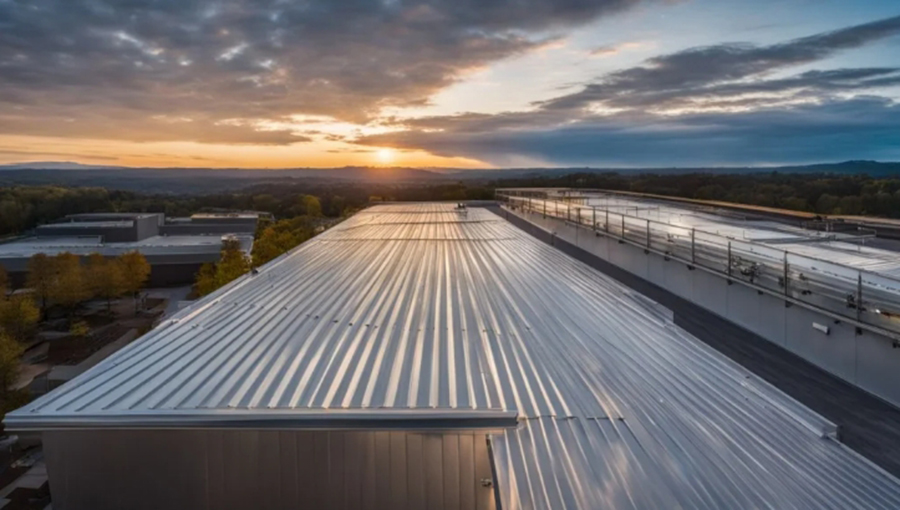
Metal decks are typically made of steel or aluminum and are known for their durability and resistance to environmental factors. The metal deckings are impervious to rot, pests, and fire, making them a top choice for commercial and industrial buildings. If properly maintained, metal decks can last more than 50 years, providing a long-term solution to structural needs.
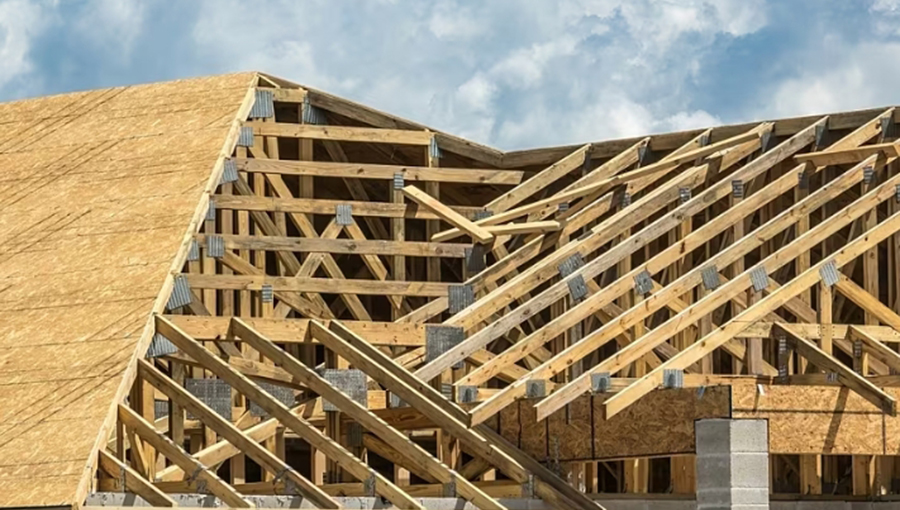
Wood decks, on the other hand, have a natural aesthetic that many homeowners find attractive. However, wood is susceptible to rot, pests, and fire. Regular maintenance, including sealing and staining, is required to extend their lifespan, which is typically 10 to 30 years, depending on the wood type and environmental conditions.
★Cost and Installation
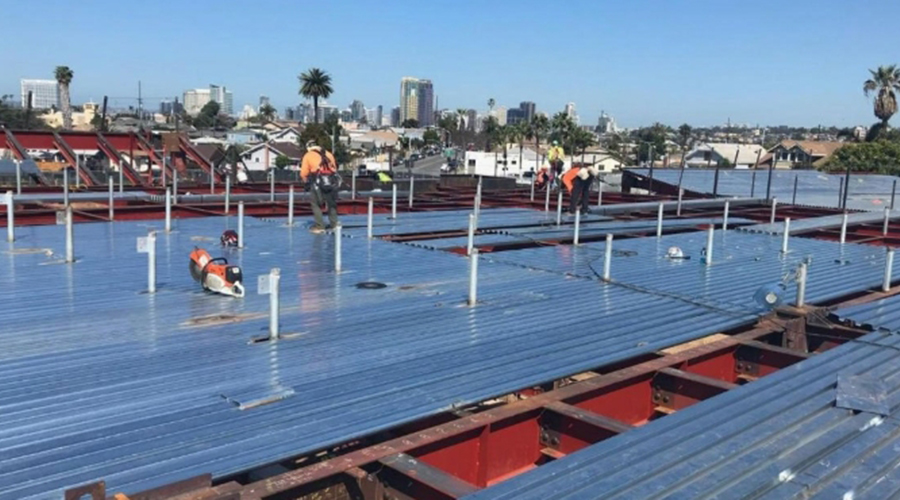
The initial cost of a metal deck is typically higher than that of wood due to the complexity of the material and installation. However, the long-term savings in maintenance and replacement costs can offset the initial investment. Since metal floor decks are prefabricated, they are also quicker to install, especially on larger projects.
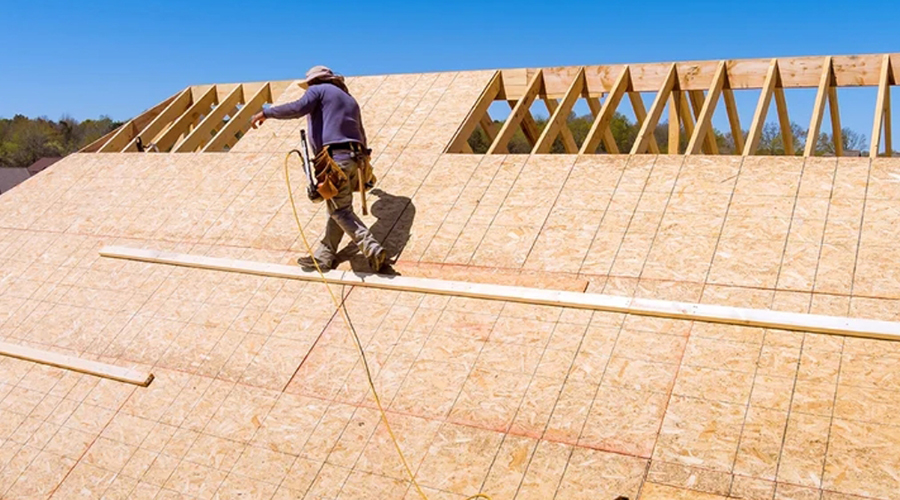
Wood decks are initially more cost-effective, making them a popular choice for residential projects. However, ongoing maintenance costs and the potential for early replacement can add up over time. Installation can be more labor-intensive, especially for custom designs.
★ Environmental Impact
Metal decks are often made from recycled materials and are fully recyclable at the end of their useful life, helping to lower their environmental footprint. However, the production process is energy-intensive, which can be a drawback for environmentally conscious builders.
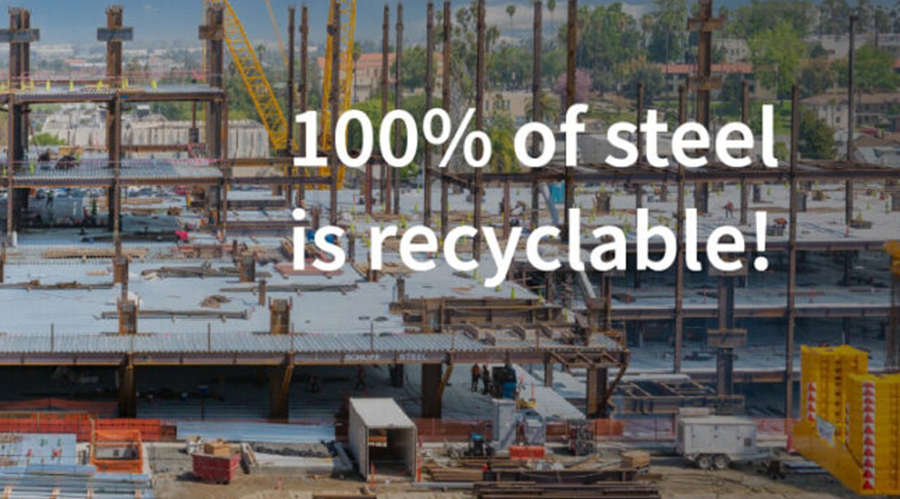
Wood is a renewable resource, especially when sourced from sustainably managed forests. It has a lower carbon footprint during production than metal bondeck. However, the handling process and potential deforestation issues can impact its overall environmental benefits.
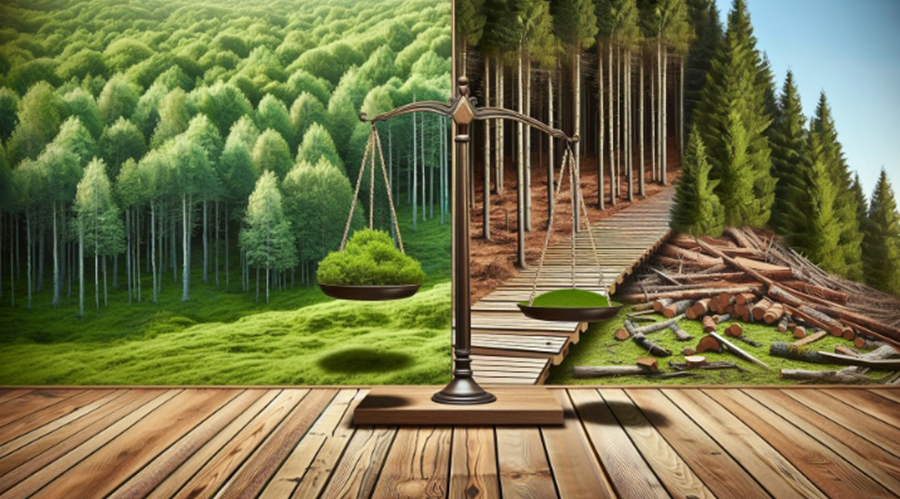
★ Aesthetic and Functional Flexibility
Metal decks have a modern, industrial look and can be customized with a variety of finishes and coatings. They are also highly functional, with excellent load-bearing capacity and fire resistance, making them ideal for high-traffic areas and multi-story buildings.
Wood decks have a timeless, natural beauty and can be customized to fit any architectural style. They come in a variety of designs, but may require additional structural support to withstand heavy loads.
The choice between metal decks and wood decks ultimately comes down to the specific needs of a project, budget constraints, and aesthetic preferences. Metal decks excel in durability and low maintenance, making metal floor decking suitable for commercial and industrial applications. Wood decks remain a favorite in residential settings due to their natural charm and cost-effectiveness. As the construction industry continues to innovate, both materials will play a key role in shaping the built environment.
|
Comparison |
Metal Deck |
Wood Deck |
|
Durability |
High durability |
Prone to corrosion |
|
Lifespan |
More than 50 years |
10 to 30 years |
|
Cost |
High |
Low |
|
Installation |
Save time and energy |
Time-consuming and labor-intensive |
|
Environmental Impact |
Recyclable |
Non-recyclable |
|
Aesthetic |
Various decorations |
Natural beauty |
|
Functional Flexibility |
Excellent load-bearing capacity and fire resistance |
Poor load-bearing capacity and fire resistance |
years of experience
 online service
online service +86-592-6095031
+86-592-6095031 manager@yumisteel.com
manager@yumisteel.com Alina_Yuki
Alina_Yuki +8613559086380
+8613559086380 +8615860744964
+8615860744964